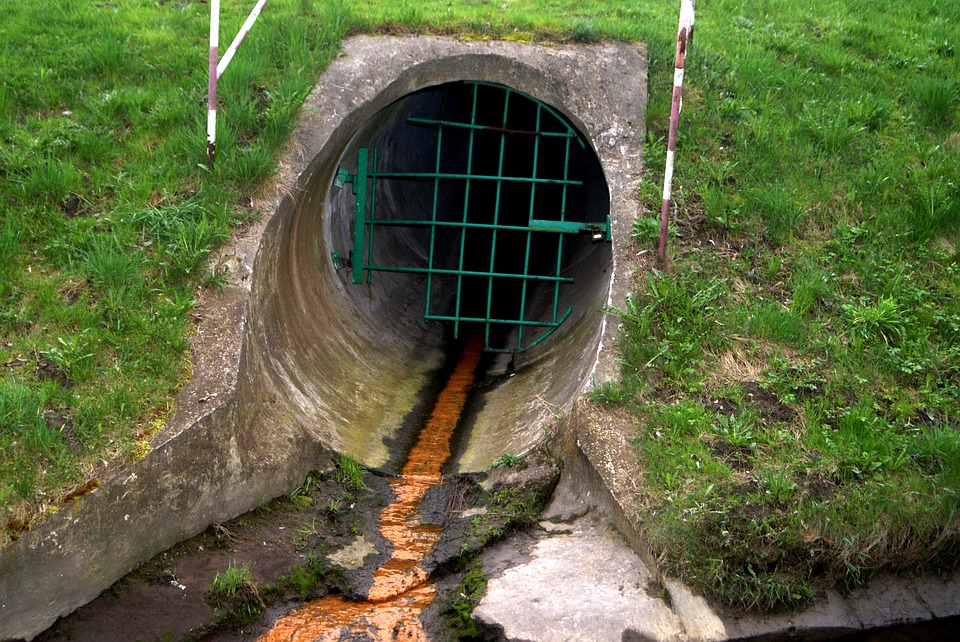How to Combat Groundwater Pollution
Written by AOS Treatment Solutions on May 26, 2017

Fighting Groundwater Pollution in Municipalities and Industry
Groundwater pollution is a widespread problem caused by innumerable pollutants that poses a serious health risk to the people who depend on the water for survival. Pollution comes from both organic and inorganic wastes produced by human dumping practices. Surprisingly, pollution can even occur when natural products in the soil, like iron oxides and fluorides, accumulate in groundwater that local populations depend on for drinking and farming.
Analyze some of the most common groundwater pollutants, and groundwater treatment techniques that can help with remediation and community health.
Groundwater Pollutants
There are a broad range of pollutants that contaminate groundwater. Nitrates, arsenic, heavy metals and biological pathogens are just a few. These pollutants each have their own effect on human health and cause irreversible environmental damage.
Many byproducts of the agricultural industry, namely fertilizers and pesticides, seep into soil and infect precious groundwater. Nitrates, used in fertilizers, can accumulate to dangerous levels. While harmless in small amounts to adults, unsafe levels of nitrates have been known to cause methemoglobinemia in children.
Heavy metals are in almost every electronic we use. Metals such as lead, chromium and cadmium, which is often found in decomposing electronics and batteries, can leak from landfills into drinking water and accumulate to toxic levels, causing serious health defects. Lead exposure has been linked to learning difficulties, headaches and behavioral disturbances in children. Cadmium, on the other hand, is a known carcinogen.
Heavy metals and nitrates are dangerous by themselves. Still other pollutants, from organophosphates to volatile organic compounds, abound in the water supply of areas around the nation and the world.
Pollution as a Worldwide Issue
Contamination is a health risk for communities around the globe. Compounds like arsenic, iron oxide and fluoride that are found naturally in soil and rock can accumulate in underground water deposits even in unpolluted places. For instance, areas in India, Africa and the United States have naturally occurring deposits of such “geogenic” compounds and cause serious damage to human populations if they are not properly filtered out.
The World Health Organization estimates that over 2.6 billion people worldwide lack adequate sanitation in their water supply. This leads to over 1.7 million deaths per year due to lack of clean water.
Combating Water Contamination
Combating water contamination requires solutions implemented in multiple levels of the water cycle. Unnecessary dumping should be reduced and recycling should be encouraged to reduce environmental burden of toxins such as heavy metals and nitrates from agriculture. Where possible, pesticide use and known contaminants should be kept to a minimum in order to prevent accumulation in groundwater stores.
Water sources should be tested regularly to prevent the spread of disease and illness, not just to human populations, but also to wildlife. Contaminated water can infect fisheries and sea life, which many people depend on for food around the world.
Granted, it is difficult to prevent contamination when much of it occurs through illegal dumping practices and accumulation of runoff from soil and natural deposits. In these cases, professional help for municipal water treatment should be called in to maintain groundwater quality and protect the vital resource.
Conclusion
Without proper treatment and sanitation methods, groundwater pollution can create disastrous, large-scale effects. Combating groundwater pollution is a human health imperative that requires professional competence and experience, but solutions are available.
AOS Treatment Solutions is a leading organization in the groundwater treatment industry. With AOS, groundwater can be restored to its pure, unadulterated form, fit for both the consumer and the environment. Contact us to learn more.

